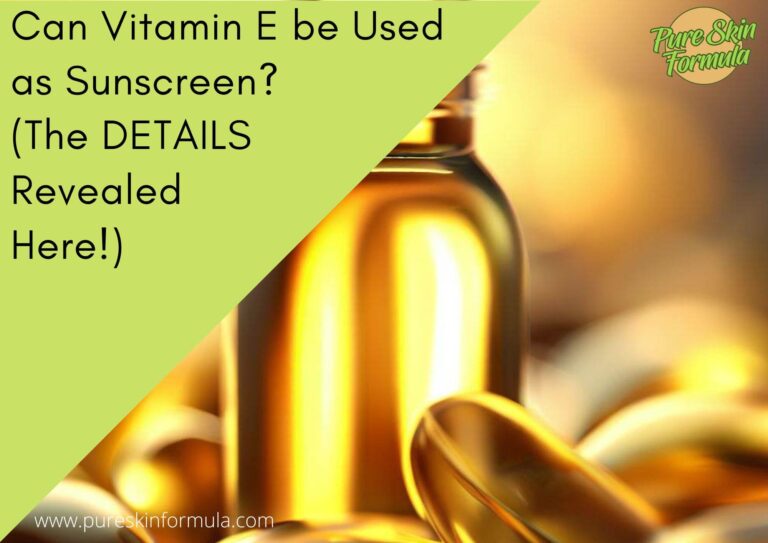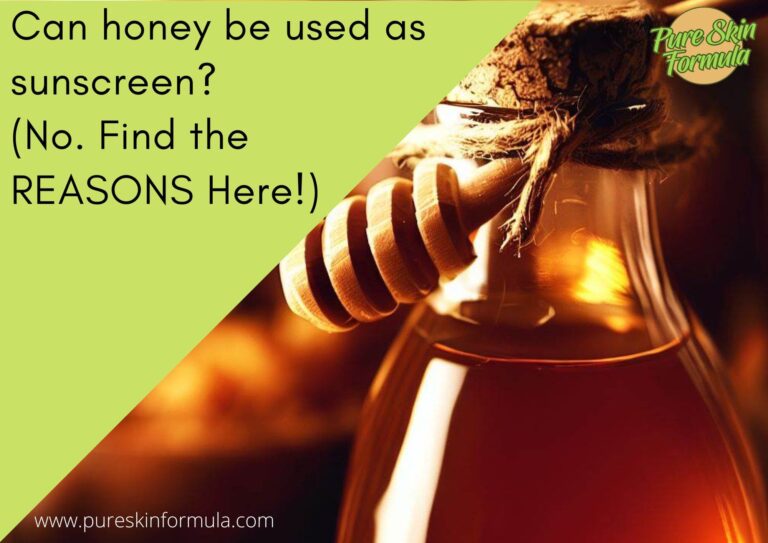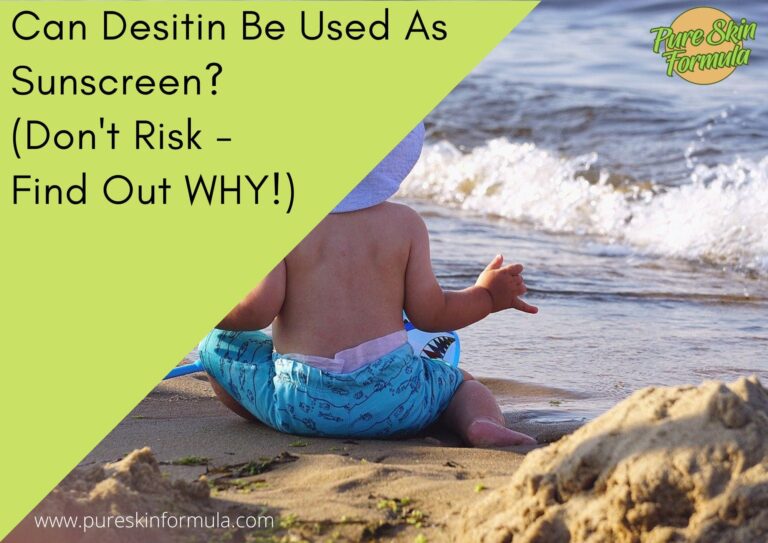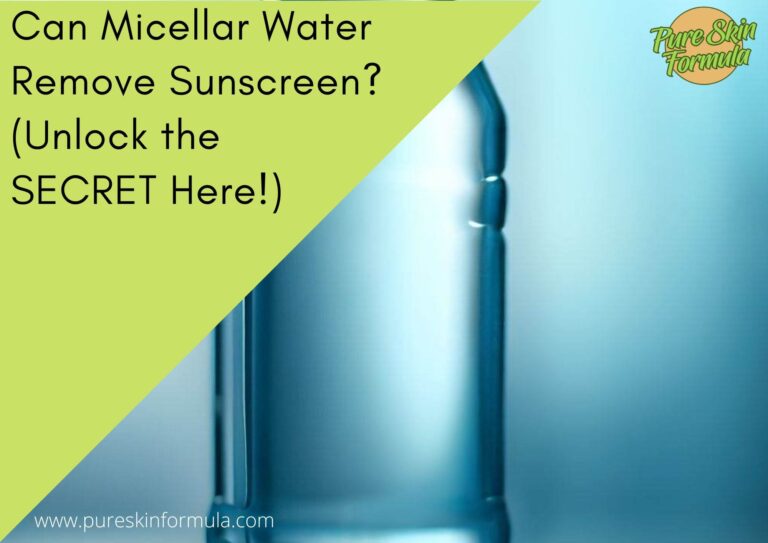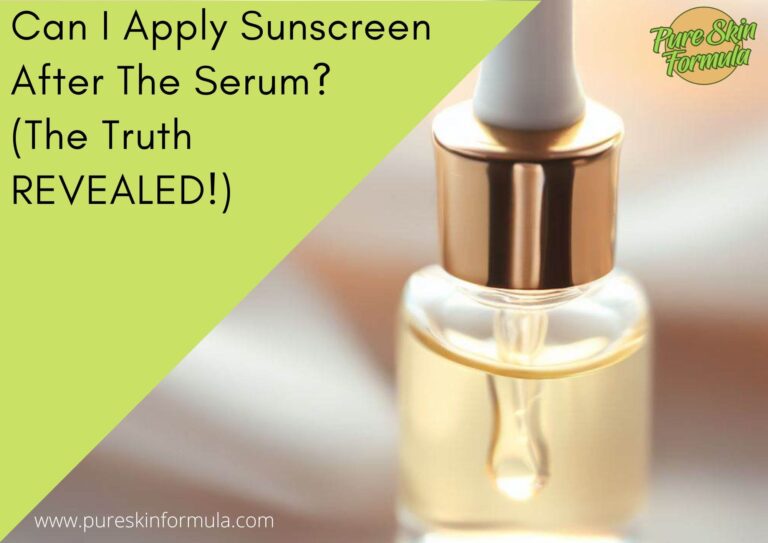Get ready to uncover the truth about how long you can truly indulge in the sun’s warm embrace without the safety net of sunscreen. Buckle up, dear reader, for a thrilling ride through the realm of ultraviolet rays and the secrets they hold.
The sun is shining, and our journey awaits—let’s embark together on a quest to unveil the mysteries of sun protection.
How long can you be in the sun without sunscreen?
The duration you can safely spend in the sun without sunscreen varies depending on your skin type, location, time of day, and UV index. Generally, experts recommend limiting unprotected sun exposure to about 15 to 30 minutes before seeking shade or applying sunscreen.
However, this timeframe can be shorter for people with fair or sensitive skin.
Even short periods of unprotected sun exposure can contribute to skin damage and increase the risk of sunburn and long-term effects like premature aging and skin cancer. The sun’s UV rays are harmful and can penetrate the skin even on cloudy days.
To enjoy the sun safely, it’s advisable to apply broad-spectrum sunscreen with a sun protection factor (SPF) of 30 or higher, wear protective clothing, seek shade during peak sun hours, and use accessories like hats and sunglasses.
Let’s analyze the topic.
Understanding sun exposure
It’s essential to understand the different types of UV radiation. There are three main types: UVA, UVB, and UVC. UVA rays have longer wavelengths and penetrate deeper into the skin, contributing to premature aging and wrinkling.

UVB rays are shorter and primarily affect the outer layers of the skin, causing sunburn and increasing the risk of skin cancer. Thankfully, the Earth’s atmosphere absorbs UVC rays, so they don’t reach us. By being aware of these distinctions, we can better understand the impact of sun exposure on our skin.
Sunburn causes redness, pain, and peeling, leaving our skin vulnerable and damaged. Prolonged sun exposure can also accelerate skin aging, leading to wrinkles, age spots, and loss of elasticity.
The long-term effects are even more alarming, as cumulative sun damage increases the risk of skin cancer. So, while we enjoy the sun’s rays, we must be mindful of their impact on our skin.
How does sunscreen function?
Picture sunscreen as your skin’s superhero sidekick, defending it against the harmful effects of the sun. Applying sunscreen is essential because it forms a barrier between your skin and the sun’s ultraviolet rays.
There are two primary types of sunscreen: chemical and physical. Chemical sunscreens contain compounds that absorb UV radiation, while physical sunscreens use minerals like zinc oxide and titanium dioxide to reflect and scatter UV rays away from the skin.
SPF, or Sun Protection Factor, is a common term on sunscreen labels. It indicates the level of sunscreen protection against UVB rays, which are responsible for sunburns. The higher the SPF number, the greater the protection provided.
For example, if you typically start to burn after 10 minutes of sun exposure without sunscreen, applying an SPF 15 sunscreen theoretically extends that time by 15 times. So, stay in the sun for about 150 minutes (10 minutes x 15) before risking sunburn.
However, sunscreen should be reapplied regularly, especially after sweating or swimming, as its effectiveness diminishes over time.
It’s important to note that SPF only measures protection against UVB rays, not UVA rays, associated with skin aging and long-term damage. Look for a “broad-spectrum” sunscreen that protects against both rays for comprehensive sun protection.
What factors influence sunburn risk?
Did you know that your skin has some built-in defenses against the sun? Your skin produces melanin, a pigment that gives it color and provides some natural sun protection. However, the amount of melanin in your skin varies depending on genetics and ethnicity.
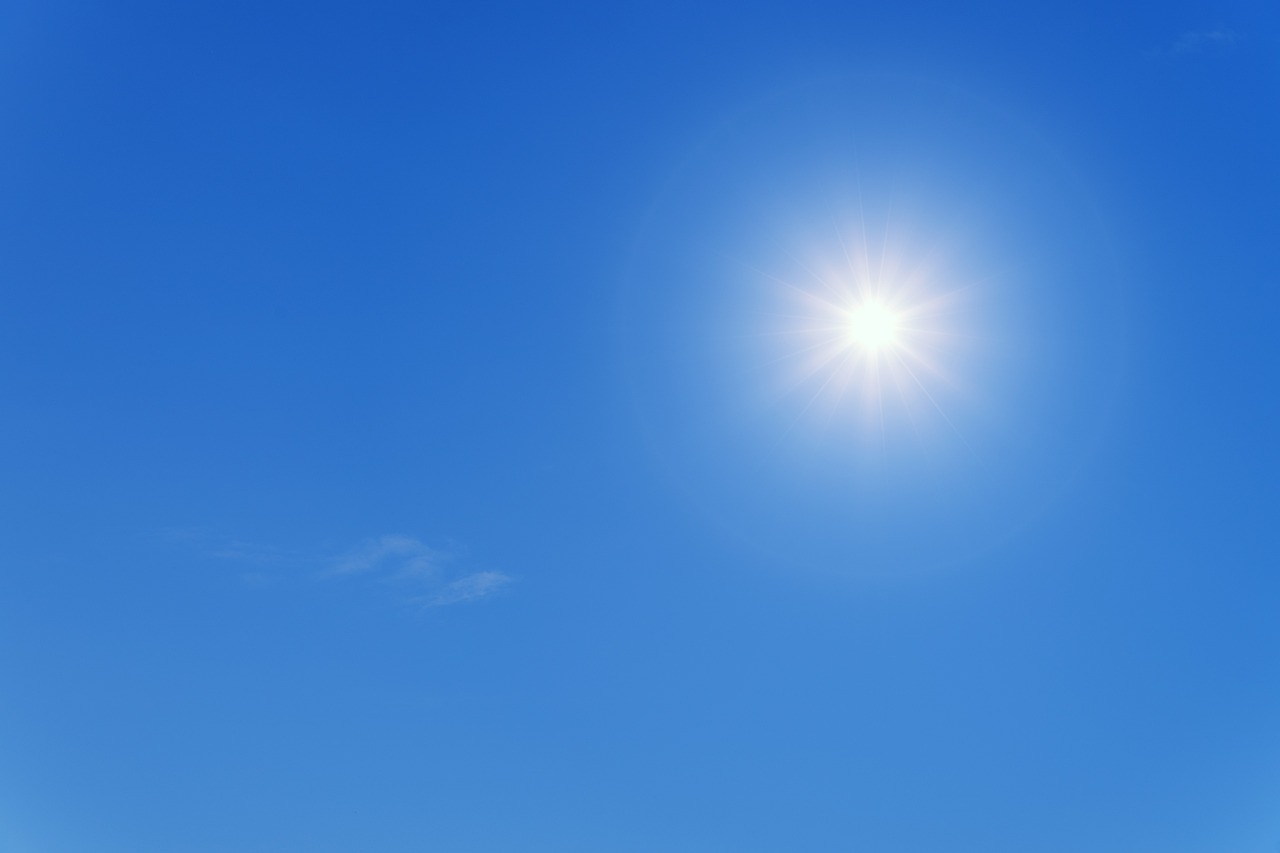
Melanin acts as a shield, absorbing and dispersing UV radiation to protect the deeper skin layers. People with darker skin tones tend to have more melanin, offering them more natural sun protection than lighter skin. Even if you have more melanin, you’re not invincible to sun damage.
The intensity of the UV radiation is another factor. It can vary depending on the time of day, altitude, latitude, and weather conditions. The higher the intensity, the quicker your skin is likely to burn.
Young children and those of us with certain skin conditions or medications that increase sun sensitivity may also burn more quickly.
Ever heard of the UV Index? It’s like a weather report for the sun! The UV Index measures the sun’s UV radiation intensity on a scale from 0 to 11+. The higher the number, the stronger the UV rays and the greater the risk of skin damage.
Before heading out, check the UV Index for your location. If it’s high, be extra cautious and take necessary sun protection measures.
The time of day matters too, as the sun’s intensity is highest between 10 am and 4 pm. Geographic location and altitude can affect sunburn risk, with higher altitudes and closer proximity to the equator intensifying UV exposure.
Reflective surfaces like water, sand, or snow can bounce UV rays back onto the skin, increasing the risk of sunburn.
When should we apply sunscreen?
As a general guideline, experts suggest limiting your time to 15 to 30 minutes before seeking shade or applying sunscreen. However, this timeframe may be shorter for people with fair or sensitive skin.
The goal is to balance enjoying the sun and protecting your skin.
What are the best practices for sun protection?

- Take refuge under a tree, umbrella, or awning, especially during peak sun hours (usually between 10 am and 4 pm).
- Cover up exposed skin with lightweight, breathable clothing, such as long-sleeved shirts, pants, and wide-brimmed hats.
- Don’t forget your sunglasses! Opt for shades blocking UVA and UVB rays to protect your eyes from potential damage.
- Drink plenty of water to keep your body hydrated and maintain healthy skin.
- Keep an eye on any changes in your skin, such as new moles, growths, or spots. Early detection is key in preventing and treating skin cancer.
- If you don’t have sunscreen, you could try some natural solutions (with limited skin protection).
To wrap it up
As we reach the end of our sun-soaked adventure, one thing becomes abundantly clear: while the allure of the sun is undeniable, our skin deserves the utmost care and protection. Understanding how long you can be in the sun without sunscreen is the first step on a journey of sun-savvy practices.
Your skin is unique, with its natural sun protection capacity and susceptibility to damage. You can shield yourself from the sun’s harmful rays by embracing the shade, wearing protective clothing, and utilizing accessories like sunglasses and hats.
Regular skin checks and early detection are crucial in safeguarding your skin’s health.
So, as you embark on your sun-filled escapades, arm yourself with sunscreen, knowledge, and a dash of sun wisdom. Balance the benefits of vitamin D with the need for sun protection, and let your skin radiate with health and vitality.
Thanks for reading!
Valeria


